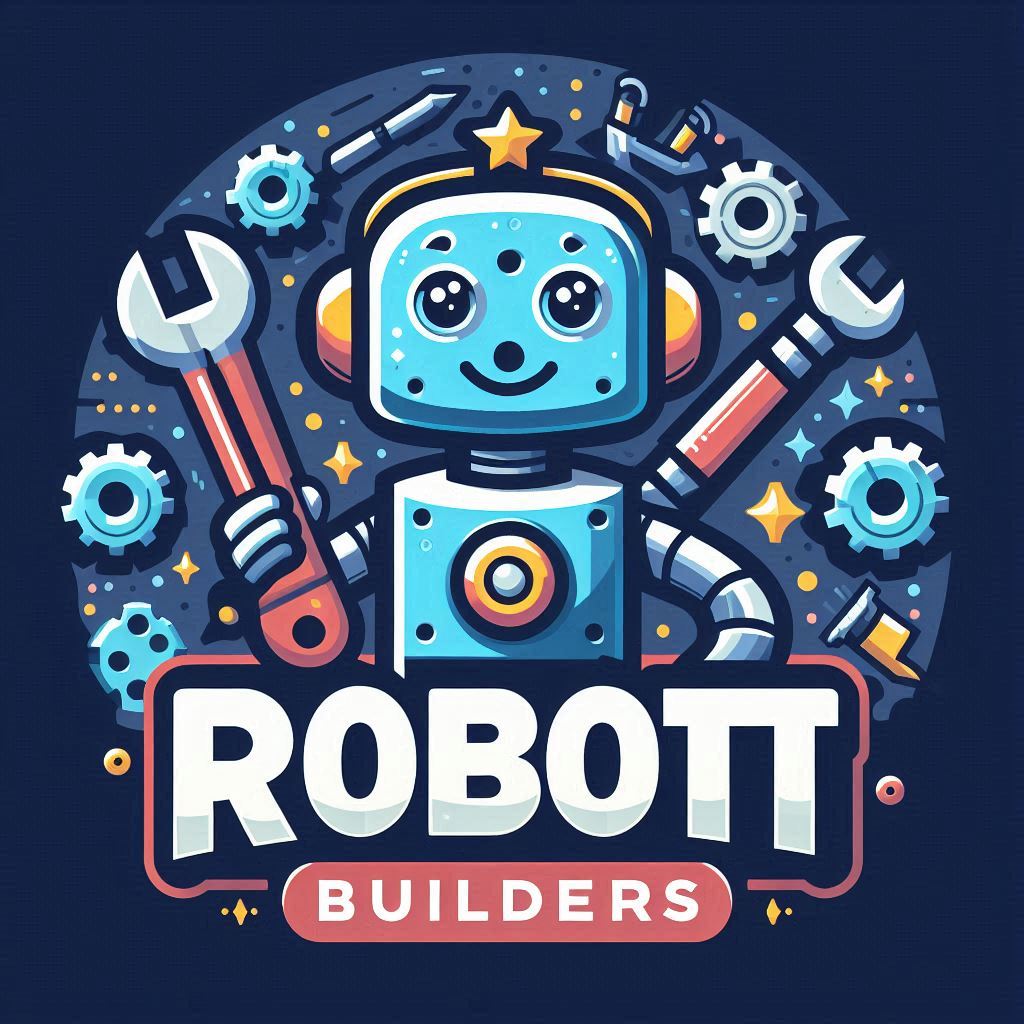Robotics is revolutionizing industries and education, but even the most sophisticated robots can face technical hiccups. Understanding how to troubleshoot common robotics issues is crucial for smooth operations. In this guide, we’ll address frequent problems, along with solutions, to ensure your robotic creations function seamlessly.

Introduction
Robots integrate complex hardware and software components, making troubleshooting a vital skill. This article explores strategies for identifying and resolving issues, tailored for hobbyists, educators, and professionals.
1. Problem: Power Supply Issues
A robot failing to turn on or shutting down randomly is often due to power-related problems.
Solutions:
- Check Battery Levels: Ensure the battery is charged or replace it if necessary.
- Verify Connections: Inspect for loose or disconnected wires.
- Use a Stable Power Source: Avoid voltage fluctuations by using a regulated power supply.
2. Problem: Sensor Malfunction
Robots depend on sensors for navigation and decision-making, so faulty readings can disrupt operations.
Solutions:
- Clean Sensors: Dust or debris can impact accuracy.
- Test Sensors Individually: Use diagnostic tools to pinpoint issues.
- Update Firmware: Check for software updates compatible with your robot’s sensors.
3. Problem: Motor Failures
A robot that can’t move or exhibits irregular movements likely has motor-related problems.
Solutions:
- Inspect Wiring: Loose or damaged wires can impede motor function.
- Check for Obstructions: Remove any objects preventing movement.
- Replace or Repair Motors: If motors are worn out, consider replacements.
4. Problem: Programming Errors
Incorrect or buggy code can cause robots to behave unpredictably.
Solutions:
- Debug Code: Use integrated debugging tools or simulation software.
- Simplify Code: Break complex functions into smaller testable sections.
- Consult Documentation: Verify syntax and commands in the robot’s manual.
5. Problem: Communication Failures
Issues in communication between components can lead to command delays or failure.
Solutions:
- Recheck Protocols: Ensure compatibility between components and communication protocols.
- Test Connections: Use diagnostic tools to check for signal strength.
- Replace Modules: Faulty communication modules may need replacement.
6. Problem: Overheating
Prolonged use can cause overheating, affecting performance.
Solutions:
- Allow Cooldown: Power off the robot and wait before restarting.
- Improve Ventilation: Ensure adequate airflow around electronic components.
- Upgrade Cooling System: Consider heat sinks or cooling fans.
7. Problem: Software Compatibility Issues
Outdated or incompatible software can disrupt robot operations.
Solutions:
- Update Software: Install the latest version of the operating system and drivers.
- Verify Compatibility: Ensure software matches your robot’s specifications.
8. Problem: Structural Damage
Physical damage can compromise functionality.
Solutions:
- Inspect Components: Check for broken parts or loose screws.
- Replace Damaged Parts: Use original or compatible components for replacements.
- Strengthen Build: Reinforce weak areas to prevent future damage.
Conclusion
Troubleshooting robotics issues requires a methodical approach. Begin by identifying the symptoms, then investigate hardware and software aspects systematically. With these solutions, robotics enthusiasts and professionals can maintain optimal performance for their projects.
